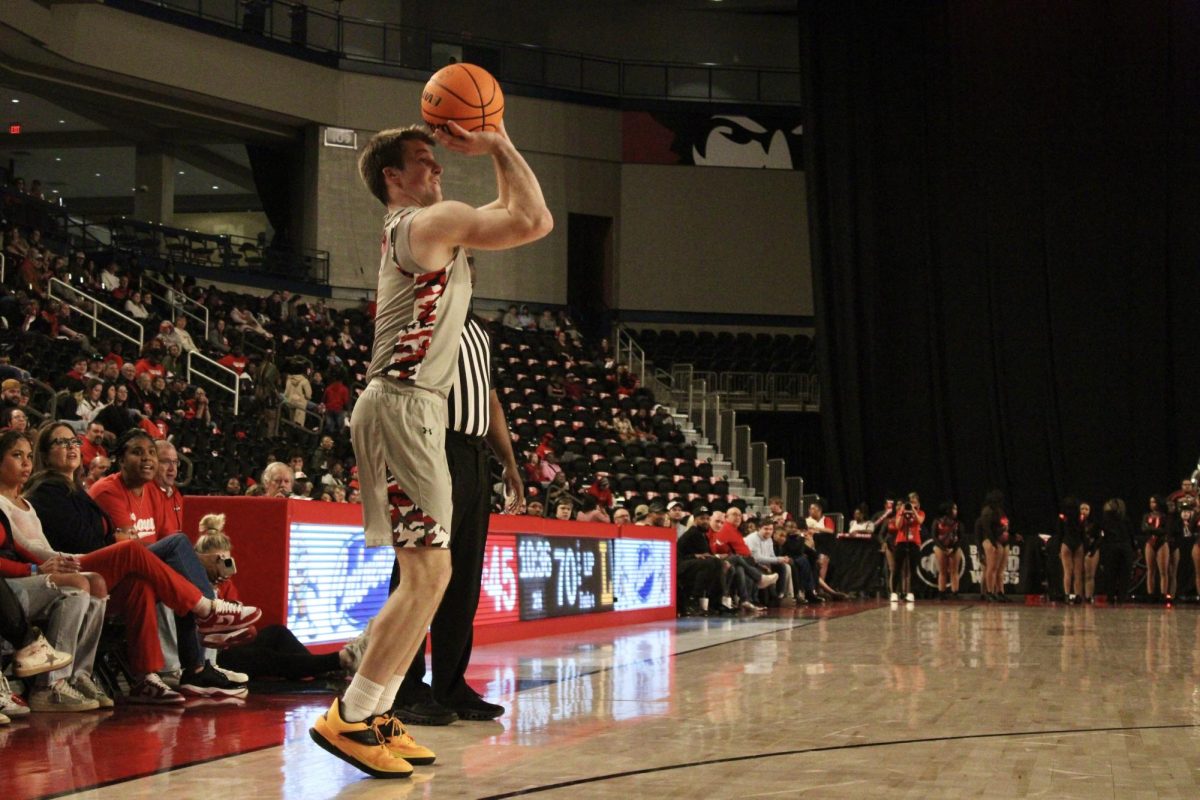If we’re discussing whether or not student athletes should be paid on top of their already paid for education, let me first state that I do believe that college athletes are severely undercompensated.
A college education does prove to be invaluable in the grand scheme of things, but for sports to serve as a full-time job without the benefits seems criminal.
With that being said, any measure enacted against this could very well destroy the parity held within collegiate athletics right now.
Whether through an endorsement or through additional compensation, larger schools would now be given an indescribable advantage in recruiting, leaving the bare minimum of recruits to schools such as APSU.
For the 2019-20 fiscal year, Austin Peay requested an athletics departmental budget increase of $2.3 million dollars to remain the fifth highest budget in the Ohio Valley Conference. This may seem substantial, but compare it to the spending of Southern Conference’s University of Tennessee at Chattanooga, whose budget rounds out at $18 million, according to the Times Free Press.
Let’s say an athlete were to weigh a college commitment between the two universities. While APSU may be able to offer a more competitive team during any given season, the money that Chattanooga can throw at the young athlete and their family will ultimately make the decision for them.
Even if the schools manage to match one another on a direct payment, one school can and will connect with an affiliated member of the program to provide additional compensation through a sponsorship. This allows the athlete to profit off his likeness for a local or global business, making the recruiting game no longer about what the student wants, but about where the money lies.
An unintentional consequence of giving a salary of sorts to athletes would also be the irrational increase of college tuition. Any given school could not possibly increase an athletic budget to keep up with financial figures, eventually forcing them to compensate athlete’s payments through every other non-athletic student’s pocket.
A National Bureau of Economic Research study further exemplifies this theory in saying that “…if men’s basketball and football players in the most prestigious conferences split 50% of revenue equally, each football player would receive $360,000 per year, and each basketball player would earn nearly $500,000 annually.”
Although the Ohio Valley Conference is far from the most prestigious conference, to expect that Austin Peay – or any OVC school – could remain afloat with financial statistics close to this would be nearly impossible.
If student-athletes are to begin receiving compensation for their contributions — which, again, is clearly something that they have earned — the insurmountable advantages that other schools can offer will, in turn, destroy a majority of mid-major athletic departments.













